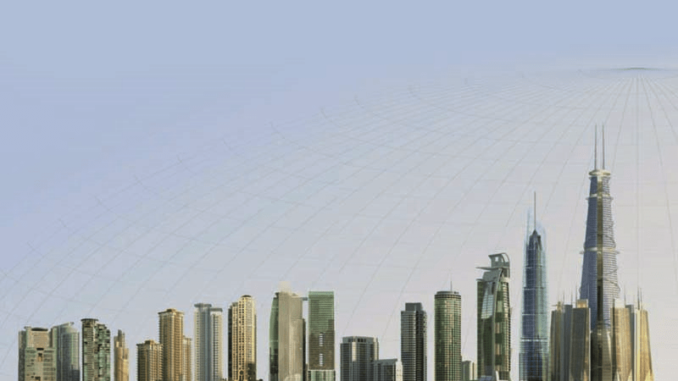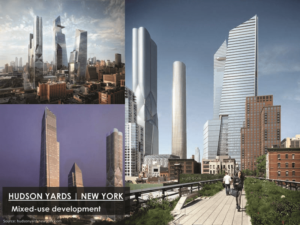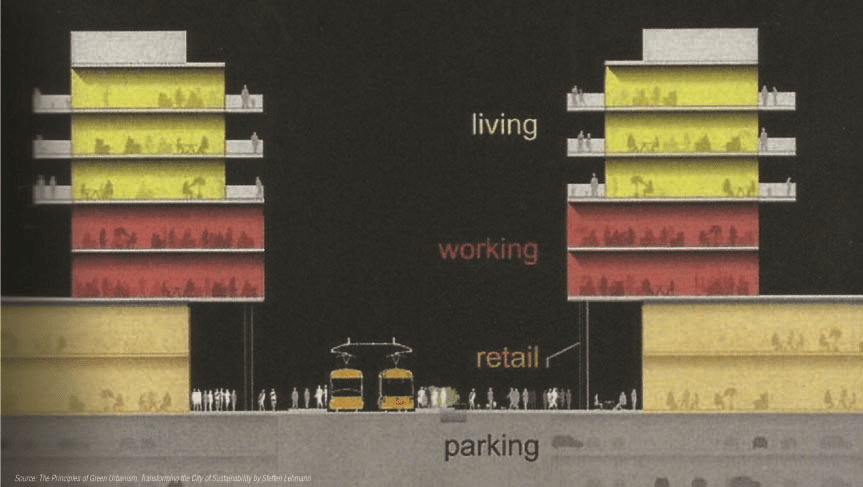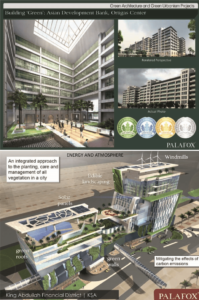
By Architect FELINO PALAFOX, JR.
Is the Philippines ready for smart cities?
Basically, smart cities harness information and communications technology and integrate it with development planning to deliver more efficient and high-quality urban services that ultimately enhance the quality of life in the city.
Smart cities are driven by big data collected by various technologies. The data is transformed into programs and systems that improve how we live in our cities.
Citizen-centric
Citizen-centric — this makes big data ideal because part of it comes from the information gathered from the city’s residents, so smart programs and systems can be tailored to address their needs.
As technologies will continue to be innovated, so will smart cities. They comprise several components, namely: smart government, smart economy, smart living, smart people, smart mobility, and smart environment.
Each one is integral to the anatomy of a smart city. Smart government refers to the ease of doing business, transparency, no red tape, no corruption, and availability of open data; smart economy fosters entrepreneurship, innovation, and interconnectivity where small to large businesses can prosper; and smart living promotes the security, health, and vitality of communities.
World-class education
In relation to smart people, world-class education is made accessible to everyone regardless of location and time, which strengthens human capital; smart mobility encourages faster, environment-friendly, and more affordable transportation options; and smart environment deals with urban plans and innovative ways that protect the environment and the city’s natural resources.
Smart city programs have helped improve the welfare and living conditions of residents and aided the conservation of dwindling resources as proven by other cities across the world. Smart city programs and systems are powerful tools for sustainable urban planning.

The technology available and the data it can produce can help solve urban problems such as traffic congestion, inefficient transportation, lack of solid waste management, pollution, crime incidences, and incompetent public institutions, just to name a few.
New York the smartest city
New York, 2018’s smartest city in the world according to the IESE Cities in Motion Index, uses smart city systems to monitor resource consumption with the aim of optimizing its conservation.
Water is a precious commodity everywhere, and New York utilizes an Automated Meter Reading (AMR) system to determine the city’s water consumption. Devices can be installed in residents’ properties, so they are notified several times each day how much they are consuming.

For air quality management, the city uses monitoring stations that can identify air pollution causes, allowing the city to ban certain oil products and reduce specific types of heating systems.
With this data, residents are duly informed of their resource consumption, which allows them to take steps on how they can help the city protect the environment and save its resources.
London
London, the second smartest city in the Index hasreleased a road map that will guide its objective to be the world’s smartest city. The road map is known to be London’s “flexible digital master plan.”
It lays out how the city government can work with the tech community, Londoners, the academe, and even other cities to enhance public services; strengthen and expand data sharing and cyber security; and boost public Wi- Fi and fiber connections in homes, among others.
Tokyo
In Tokyo, the smartest city in Asia and the sixth in the world, big data is gathered to develop latest technologies that promote healthier lifestyles and longevity.
Japan has experienced its fair share of natural disasters. In spite of these unfortunate incidents, the country has seen these as opportunities to develop smart cities and enhance their disaster resilience while rebuilding their communities.
In Tokyo, the Rinkai Disaster Prevention Park is an example of a public space that can be transformed into a survival shelter for residents once a disaster takes place. The park features solar-powered charging stations for electrical equipment and e-bicycles, warehouses for food and water supply that could last for three days, park benches that can be converted into cooking stoves, and manholes that can serve as emergency toilets.
Lessons from smart cities
A lot can be learned from these model cities. If you will notice, even the top smart cities in the world have not fully implemented smart systems in all aspects of their urban plans and services. We have yet to see a 100% smart city. It is important to note that these cities firststarted with several plans and established their own road map in order to reach their status as the smartest cities in the world.
For the Master Development Plan and Business Plan of Clark Freeport Zone that was recently completed by Palafox Associates and Palafox Architecture Group, smart city components were studied and integrated into the master development plan.
With the help of technology, Clark Freeport Zone will feature efficient mobility and public transportation of people, goods, and ideas; smart traffic management; energy-efficient and smart buildings; pollution monitoring; transparent and faster government transactions through e-Governance; and powerful IT connectivity for all, among others.
Clark is perceived to be our country’s premier investment destination — a clean slate where best practices for urban planning and design are applied, including components of a smart city. As a member of the ASEAN Smart Cities Network, it is clear that the Philippines indeed needs to promote smart and sustainable development to support its rapid urban growth.

